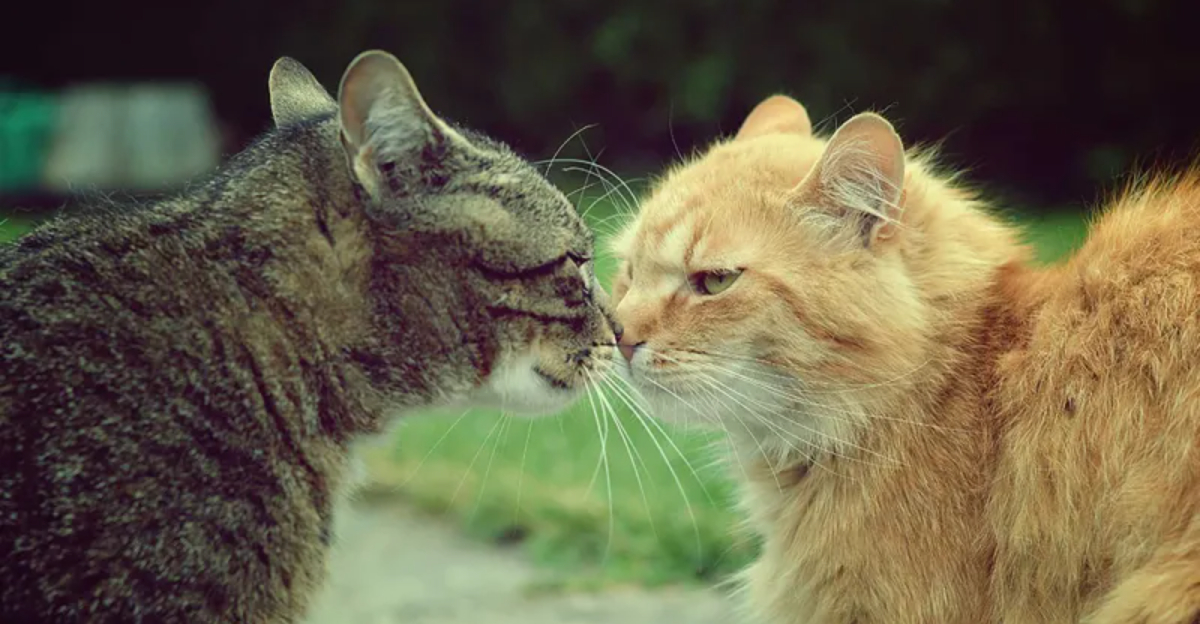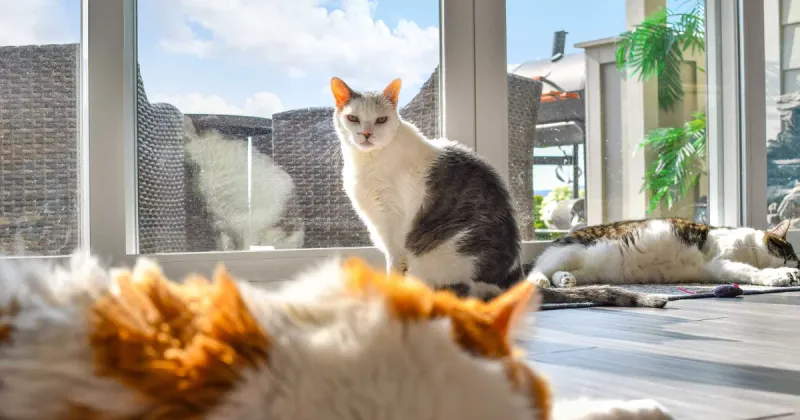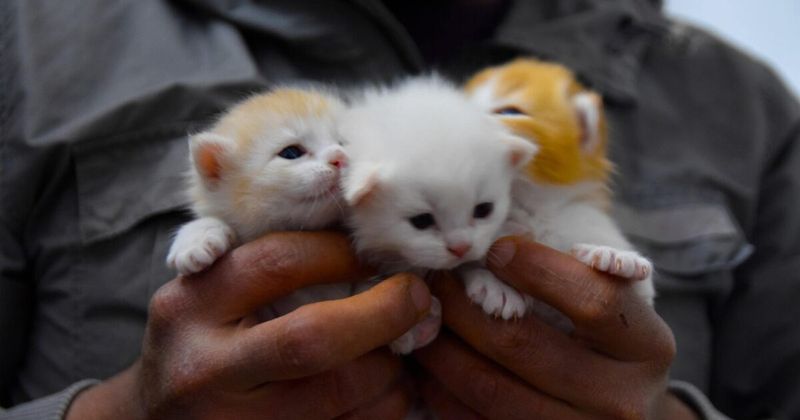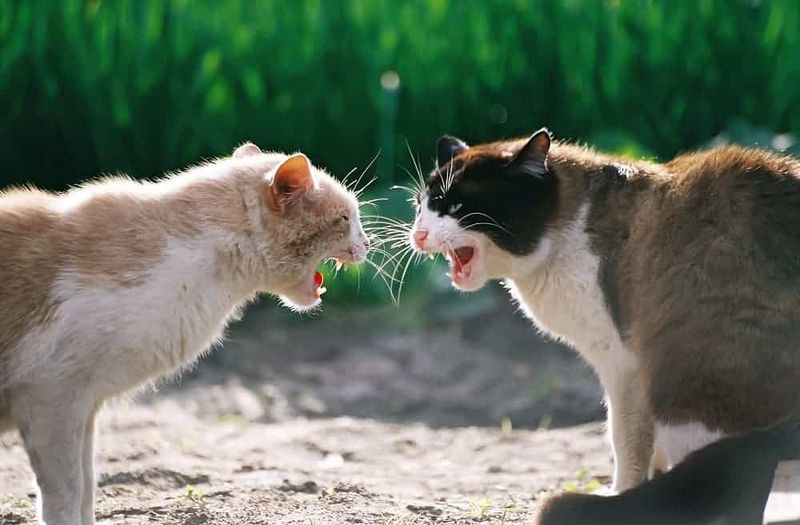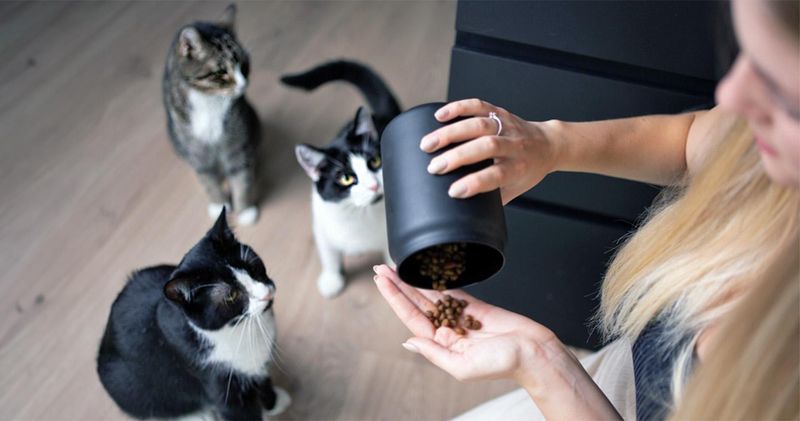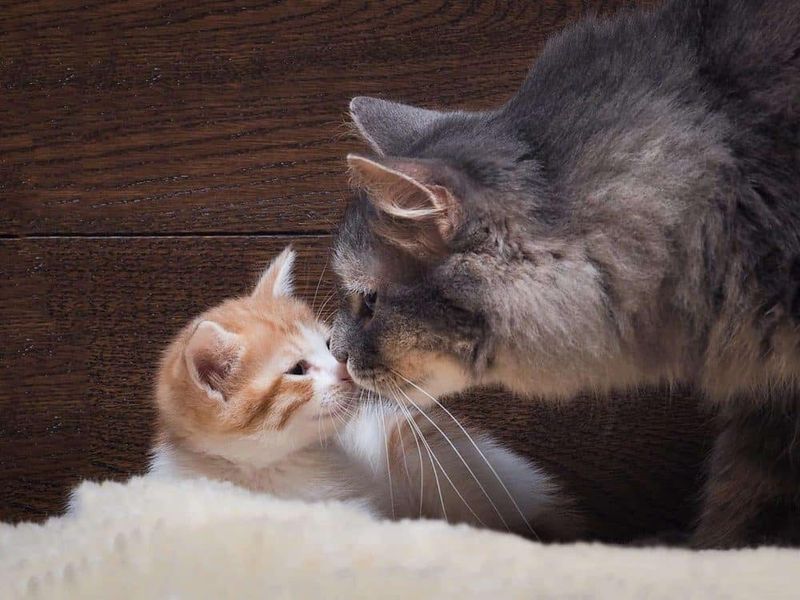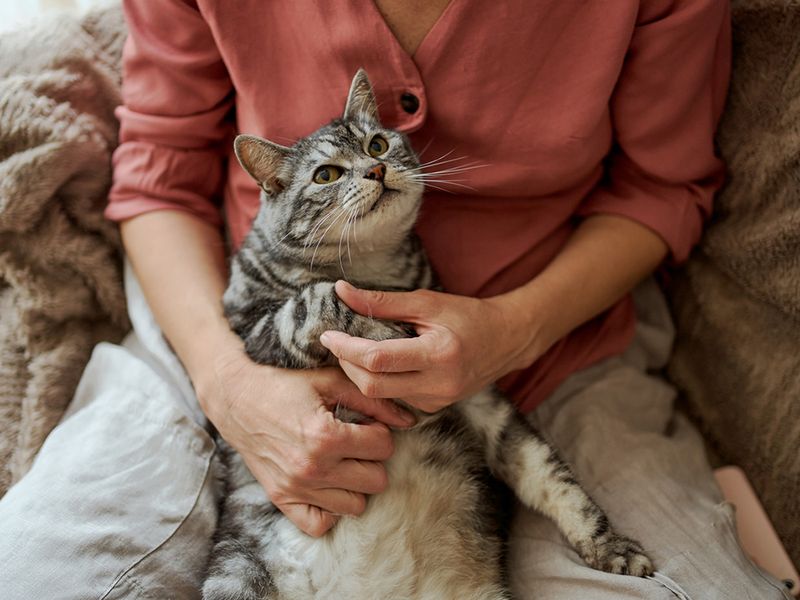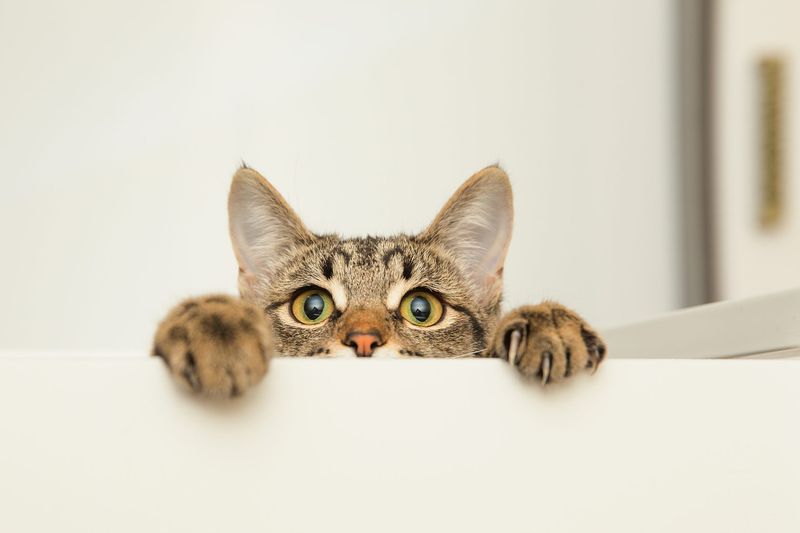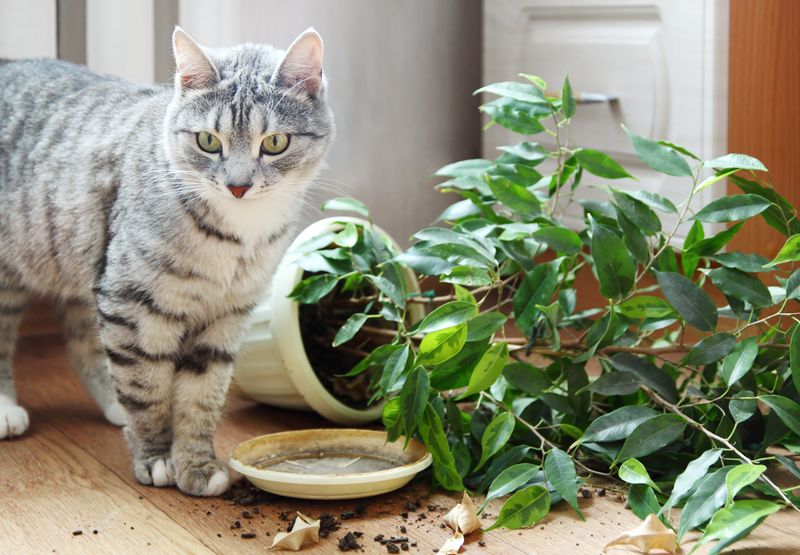📖 Table of Content:
- 1. Do you have enough space?
- 2. Can you afford another cat?
- 3. How does your current cat feel about other felines?
- 4. Do you have time for proper introductions?
- 5. Are you prepared for potential behavior problems?
- 6. Does your lifestyle accommodate another pet?
- 7. Have you researched age and personality compatibility?
- 8. Are your existing pets healthy?
- 9. Do you have enough resources for multiple cats?
- 10. Are you committed for the long haul?
- 11. Have you considered adoption alternatives?
- 12. Is your home cat-proofed for multiple felines?
- 13. Are all household members on board?
Bringing a new kitten into the home can be a thrilling experience, but it also requires careful consideration. Introducing another feline into the household impacts everyone, including the pets already there. The decision should not be made hastily, as the dynamics of the household will shift with the addition of a new family member.
The compatibility of a new cat with existing pets is a crucial factor to consider. Some pets may feel threatened or overwhelmed by a new arrival, leading to stress or conflict. It’s important to evaluate how the household’s current animals might react before making the decision.
Beyond the pets, the home environment and lifestyle must be suited to the needs of an additional cat. Space, time, and attention are essential for ensuring that the new pet is properly cared for. Taking the time to assess the situation can lead to a smoother transition for everyone involved.
1. Do you have enough space?
Cats need territory to call their own. Each feline in your household should have access to personal space where they can retreat when feeling overwhelmed or simply want alone time. Multi-cat homes require extra perches, hiding spots, and vertical space. Think window sills, cat trees, and shelving where they can climb and observe their domain from above.
Remember that cramped quarters often lead to territorial disputes and stress-related behaviors like inappropriate marking or aggression. Your home should comfortably accommodate everyone without forcing unwanted interactions.
2. Can you afford another cat?
The financial commitment extends far beyond adoption fees. Regular vet visits alone cost hundreds yearly, while quality food adds up quickly when feeding multiple mouths. Unexpected medical emergencies can strain your budget without proper planning.
Many cat owners find themselves facing tough decisions when surprise bills reach thousands of dollars. Factor in ongoing expenses like litter, toys, scratching posts, preventative medications, and potential pet deposits for renters. Creating a monthly pet budget helps visualize the true cost of adding another feline friend to your household.
3. How does your current cat feel about other felines?
Not all cats welcome feline companions with open paws. Your current kitty’s personality and socialization history play huge roles in determining how they’ll react to a newcomer. Cats who hiss, growl, or hide when encountering other animals might struggle with a permanent roommate.
Watch how your cat behaves around neighborhood cats or when seeing other animals through windows. Some previously solo cats eventually adapt to companions, while others remain stressed despite careful introductions. Respecting your existing pet’s temperament prevents potentially traumatic situations that could damage your relationship with them.
4. Do you have time for proper introductions?
Rushing introductions between cats often create lasting hostility. Proper feline matchmaking requires patience—sometimes weeks or even months of gradual exposure. The process involves separate spaces initially, followed by scent swapping, visual contact through barriers, and finally supervised face-to-face meetings.
Each step progresses only when both cats show comfort signals. Many new cat parents underestimate this crucial bonding period. Without adequate time to oversee this delicate process, you risk creating a permanently stressful environment where neither cat feels secure or happy.
5. Are you prepared for potential behavior problems?
Adding another cat can trigger unexpected behaviors in even the most well-adjusted pets. Litterbox avoidance frequently emerges as cats establish new territories or express displeasure about their changed circumstances. Aggression, excessive hiding, overgrooming, and destructive behaviors might appear during adjustment periods.
Some issues resolve naturally as cats settle in, while others require professional intervention. The willingness to work through these challenges determines success. Having realistic expectations and resources like pheromone diffusers, extra litter boxes, or access to a cat behaviorist helps navigate the sometimes bumpy transition period.
6. Does your lifestyle accommodate another pet?
Busy schedules impact your ability to monitor cat interactions and address problems quickly. Working long hours away from home leaves less time for play, bonding, and supervision during critical adjustment periods. Travel habits also factor into your decision.
Finding cat sitters becomes more complicated with multiple pets, especially if they require separation or special handling. Family changes like new babies, moves, or relationship shifts add stress to the household. Timing matters when introducing new pets—adding a cat during already turbulent periods often creates unnecessary challenges for everyone involved.
7. Have you researched age and personality compatibility?
Age differences significantly impact how cats interact. Kittens often overwhelm senior cats with their boundless energy, while two young cats might form stronger bonds through mutual play. Personality matching matters even more than age. A shy, reserved cat might feel terrorized by an assertive, high-energy companion.
Meanwhile, two confident cats might clash over leadership positions in the household hierarchy. Many shelters offer personality assessments and can recommend matches based on your current pet’s temperament. Considering these factors before committing increases the likelihood of harmonious relationships between your feline family members.
8. Are your existing pets healthy?
Bringing home a new cat creates stress that can worsen existing health conditions. Cats with chronic issues like kidney disease, diabetes, or heart problems might experience setbacks during adjustment periods. Senior cats particularly struggle with newcomers.
Their established routines provide security, and disruptions can trigger anxiety or depression that complicates medical management. Consult your veterinarian about your current pet’s health status before expanding your feline family. They can provide insight into whether your cat can handle the inevitable stress of a new housemate and recommend timing that minimizes health risks.
9. Do you have enough resources for multiple cats?
Resource competition creates tension between cats. The general rule suggests providing one litter box per cat plus an extra one, placed in different locations throughout your home. Feeding stations should be separated to prevent guarding behaviors. Some cats require individual eating spaces where they feel secure enough to eat without watching their backs.
Water bowls, scratching posts, toys, and resting spots must be abundant enough that no cat feels forced to share. Insufficient resources lead to stress-related behaviors like inappropriate elimination, aggression, or excessive hiding that damage the human-animal bond.
10. Are you committed for the long haul?
Cats often live 15-20 years, representing a significant commitment. The excitement of a new pet sometimes fades when faced with years of daily care and responsibility. Relationship changes between cats develop over time. Initial friendliness might evolve into tolerance or even hostility as cats mature and their personalities develop fully.
Housing situations change, too. Finding pet-friendly rentals becomes increasingly challenging with multiple animals, and some living situations might force difficult decisions about keeping your cats together. Being prepared for these potential challenges helps ensure you can provide stability throughout your cats’ lives.
11. Have you considered adoption alternatives?
Foster programs offer temporary homes to shelter cats, providing companionship without lifetime commitment. This option lets you test multi-cat dynamics while helping animals in need. Cat sitting for friends or volunteering at shelters provides feline interaction without permanently changing your household structure.
These alternatives satisfy cat cravings while respecting your current pet’s preferences. Some animal organizations need weekend socializers or play partners for their residents. These opportunities let you enjoy varied feline personalities while maintaining your existing home balance—sometimes the perfect compromise when full adoption isn’t ideal.
12. Is your home cat-proofed for multiple felines?
Safety hazards multiply with additional curious cats. Cords, plants, small objects, and chemicals must be secured, as different cats have different chewing tendencies and curiosity levels. Window screens require reinforcement when multiple cats chase bugs or watch outdoor activities.
Cats sometimes push against screens with greater force during excitement or when startled by another household cat. Escape risks increase with multiple felines. More cats mean more opportunities for door-dashing, especially during adjustment periods when newcomers might attempt to flee unfamiliar surroundings. Evaluating these safety considerations protects both your current and potential future feline family members.
13. Are all household members on board?
Family consensus prevents resentment when inevitable challenges arise. Each household member should honestly assess their feelings about adding another cat before making this significant decision. Allergies present serious concerns that often worsen with multiple cats.
Even mildly allergic family members might experience increased symptoms with additional dander sources in the home. Responsibility distribution needs a clear discussion. Who will handle feeding, litterbox maintenance, and veterinary appointments? Uneven workloads frequently create tension between humans that negatively impacts cat care. Making sure everyone understands and accepts their role promotes harmony for all species involved.
